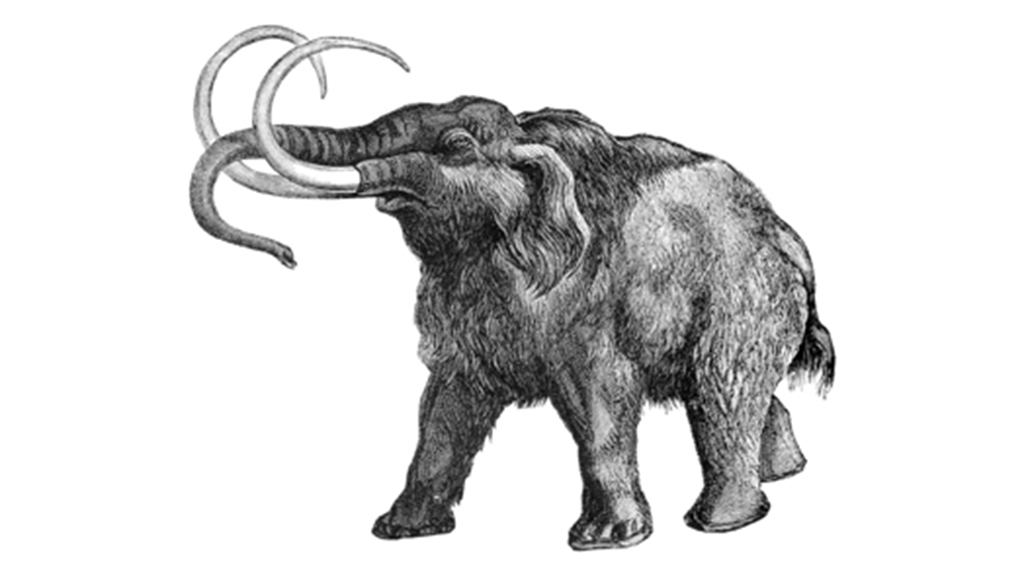Abstract
Tom and his grandfather, a retired high school chemistry teacher, are talking about a National Geographic television documentary titled “Waking the Baby Mammoth.” As students read the dialogue that ensues, they learn how carbon, an essential element of life, is transformed from carbon dioxide to carbohydrate to animals, then back to carbon dioxide. The case emphasizes a number of chemistry concepts, including atomic structures, carbon isotopes, radiocarbon dating, beta decay, half-life, and photosynthesis. Developed as a supplement to the nuclear chemistry chapter in a non-majors general chemistry course, the case could also be used in an introductory botany, paleobiology, plant, or general ecology course after students have completed at least one semester of general chemistry.



